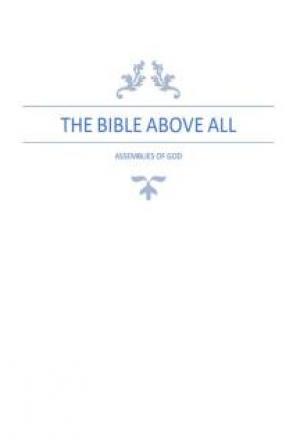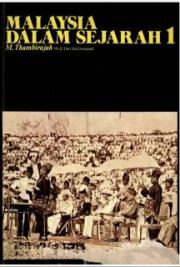Chapter Eleven
p. 305: I rely here partly upon W. Franke's recent studies. For Sun Yat-sen (Sun I-hsien; also caled Sun
Chung-shan) see P. Linebarger, Sun Yat-sen and the Chinese Republic, Cambridge, Mass., 1925 and his later The Political Doctrines of Sun Yat-sen, Baltimore 1937.—Independently, Atatürk in Turkey developed a
similar theory of the growth of democracy.
p. 306: On student activities see Kiang Wen-han, The Ideological Background of the Chinese Student
Movement, New York 1948.
p. 307: On Hu Shih see his own The Chinese Renaissance, Chicago 1934 and J. de Francis, Nationalism and Language Reform in China, Princeton 1950.
p. 310: The declaration of Independence of Mongolia had its basis in the early treaty of the Mongols with the
Manchus (1636): "In case the Tai Ch'ing Dynasty fals, you wil exist according to previous basic laws" (R.J.
Miler, Monasteries and Culture Change in Inner Mongolia, Wiesbaden 1959, p. 4).
p. 315: For the military activities see F.F. Liu, A Military History of Modern China, 1924-1949, Princeton 1956. A Marxist analysis of the 1927 events is Manabendra Nath Roy, Revolution and Counter-Revolution in
China, Calcutta 1946; the relevant documents are translated in C. Brandt, B. Schwartz, J.K. Fairbank, A Documentary History of Chinese Communism, Cambridge, Mass., 1952.







